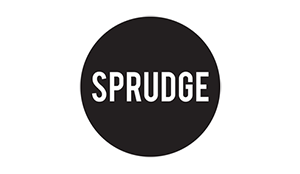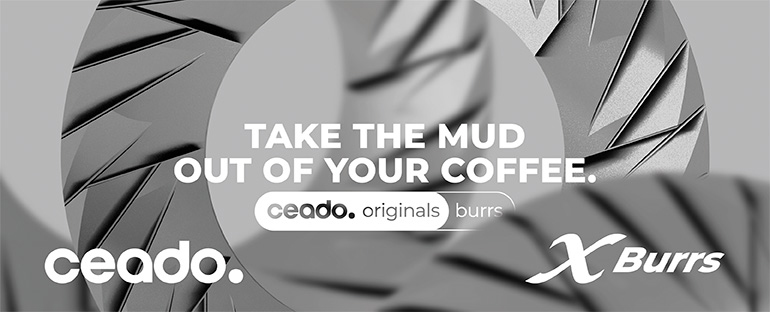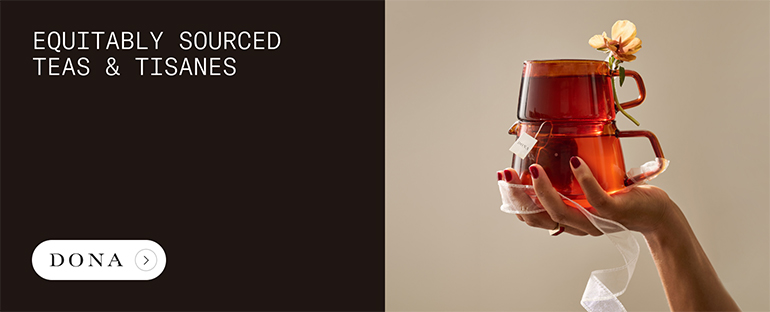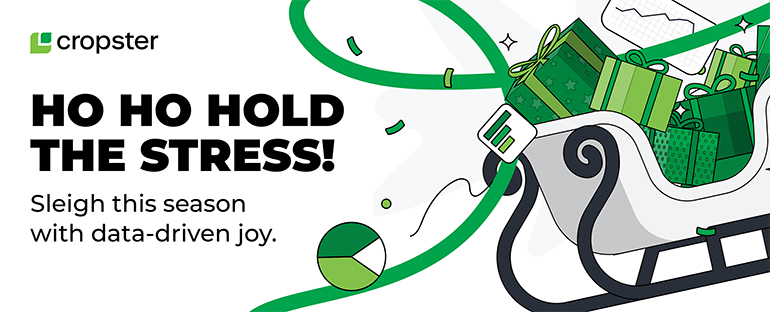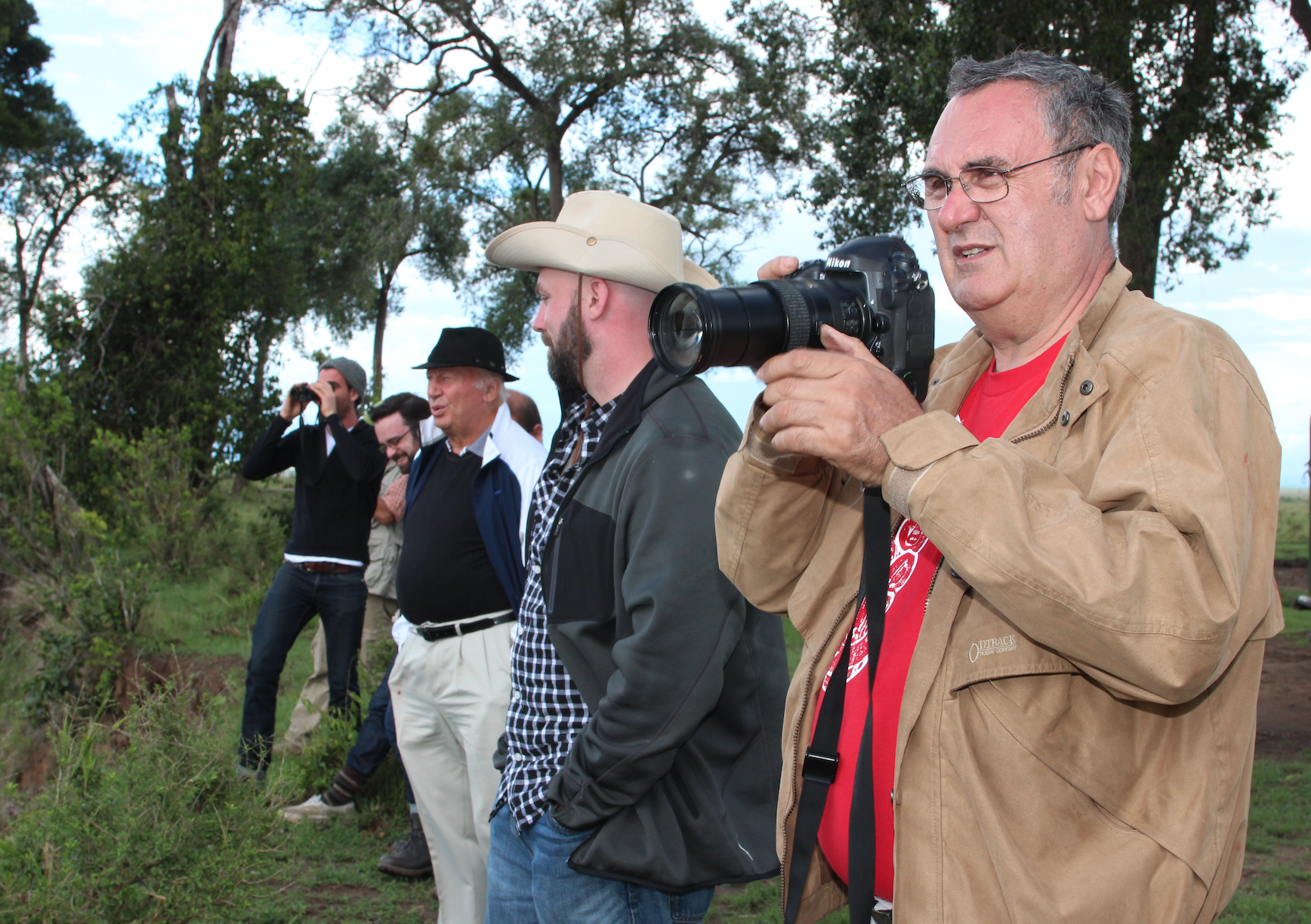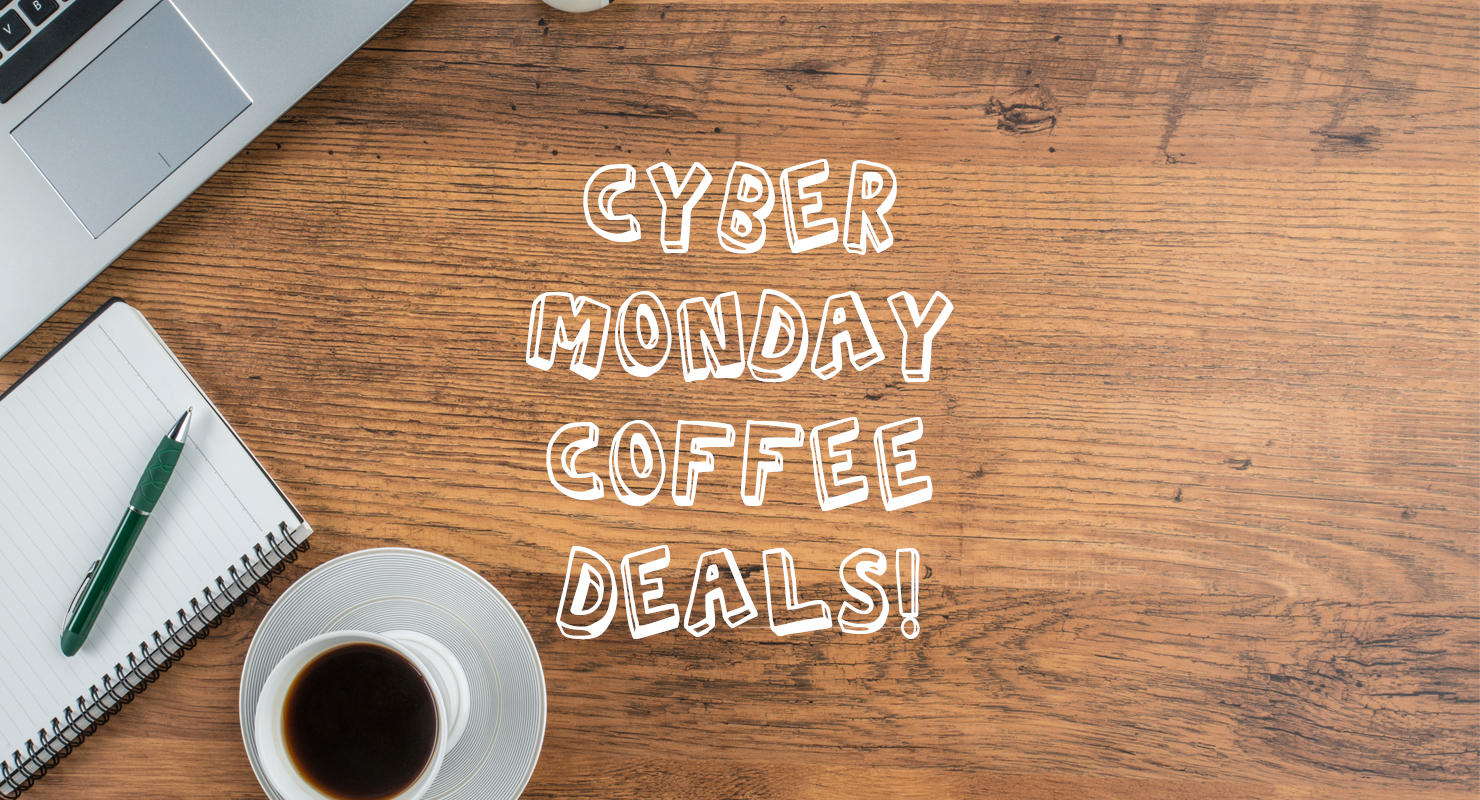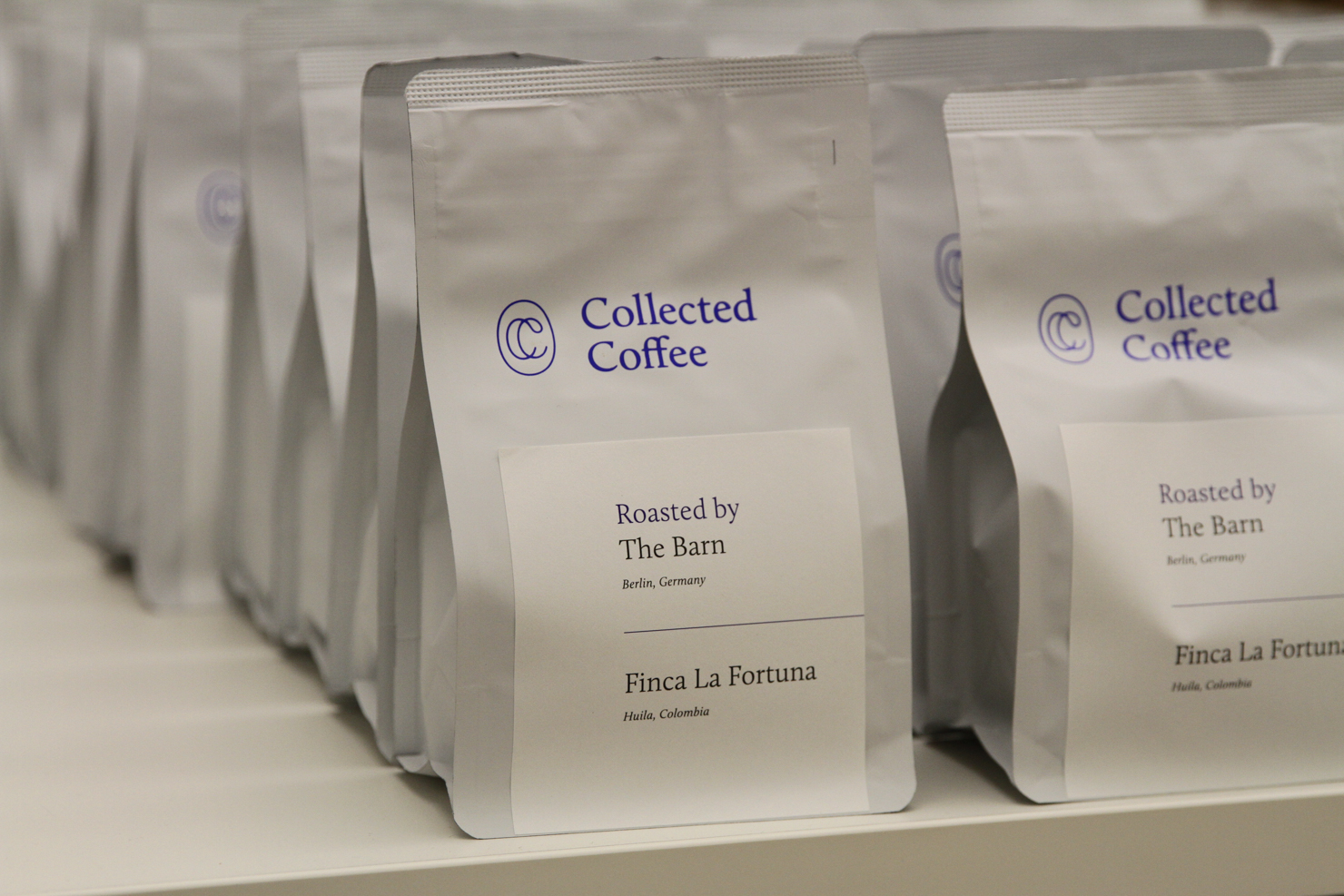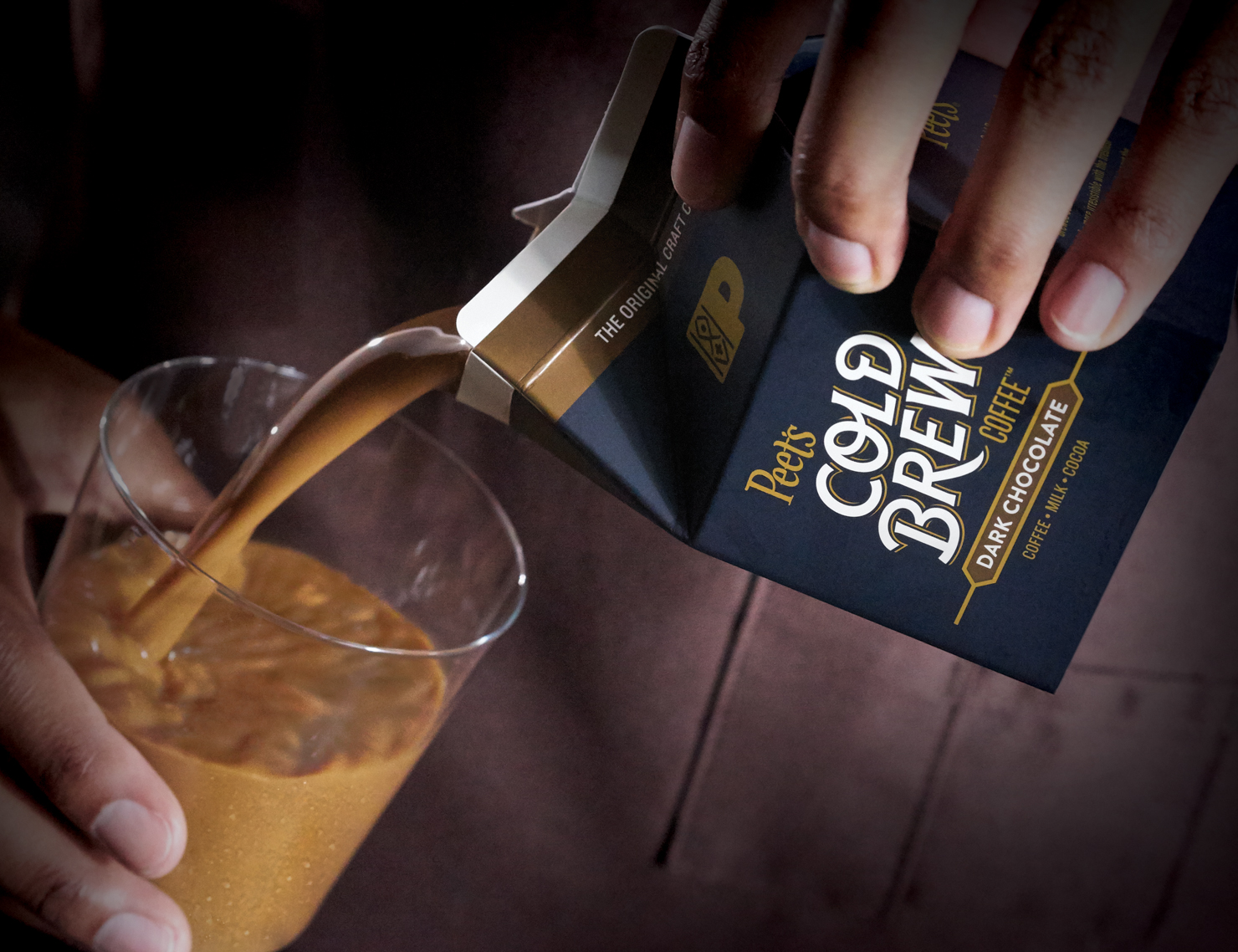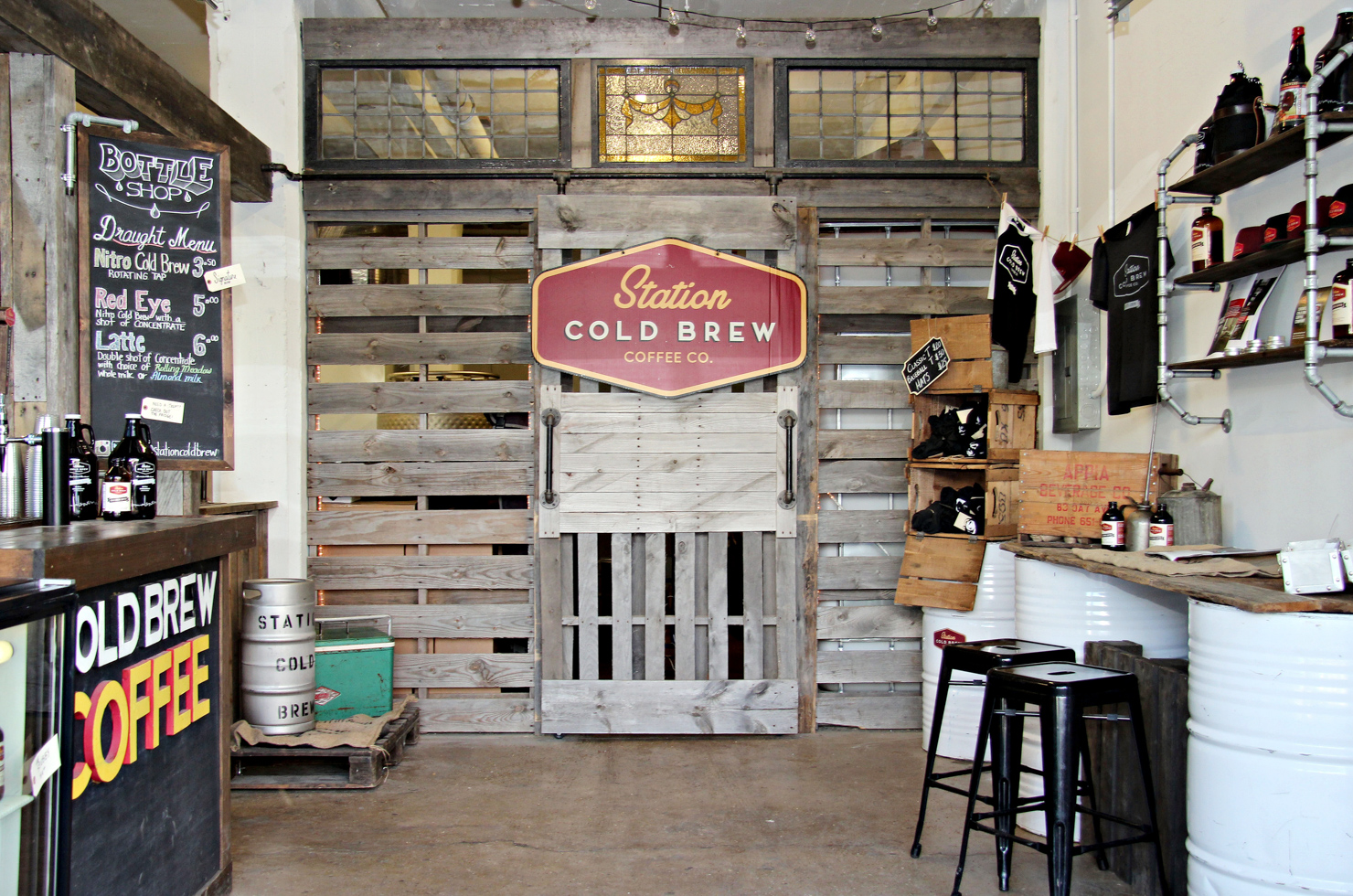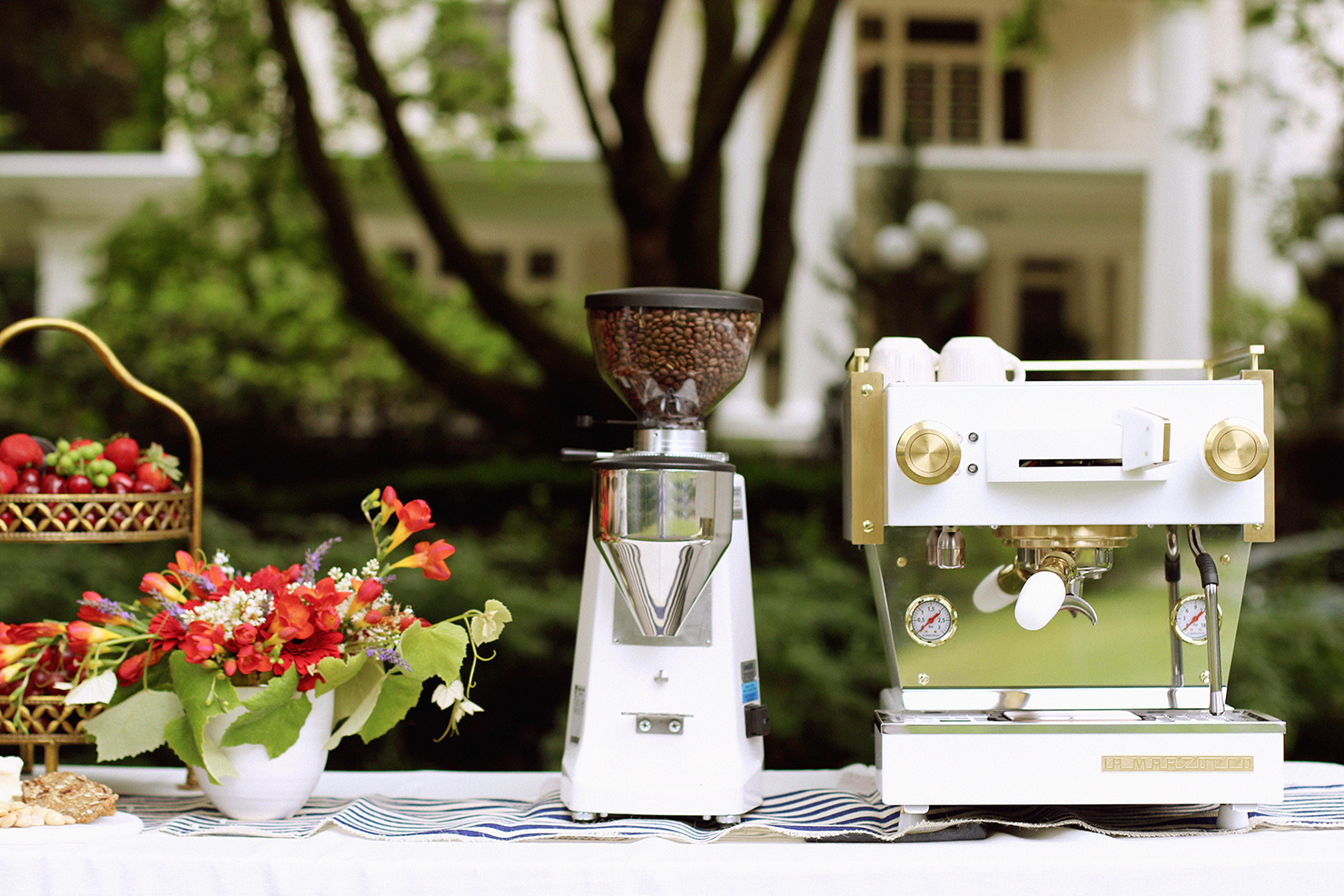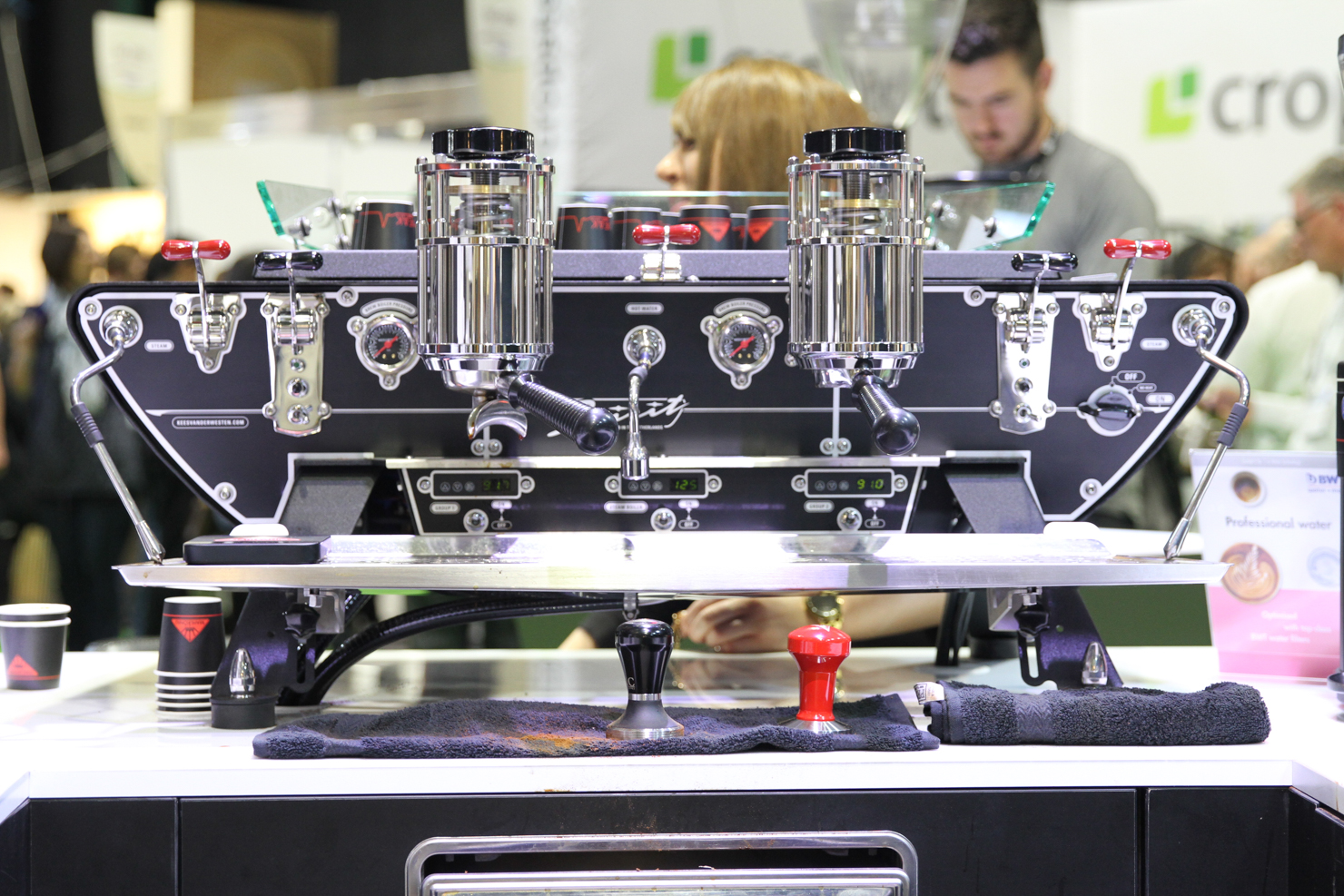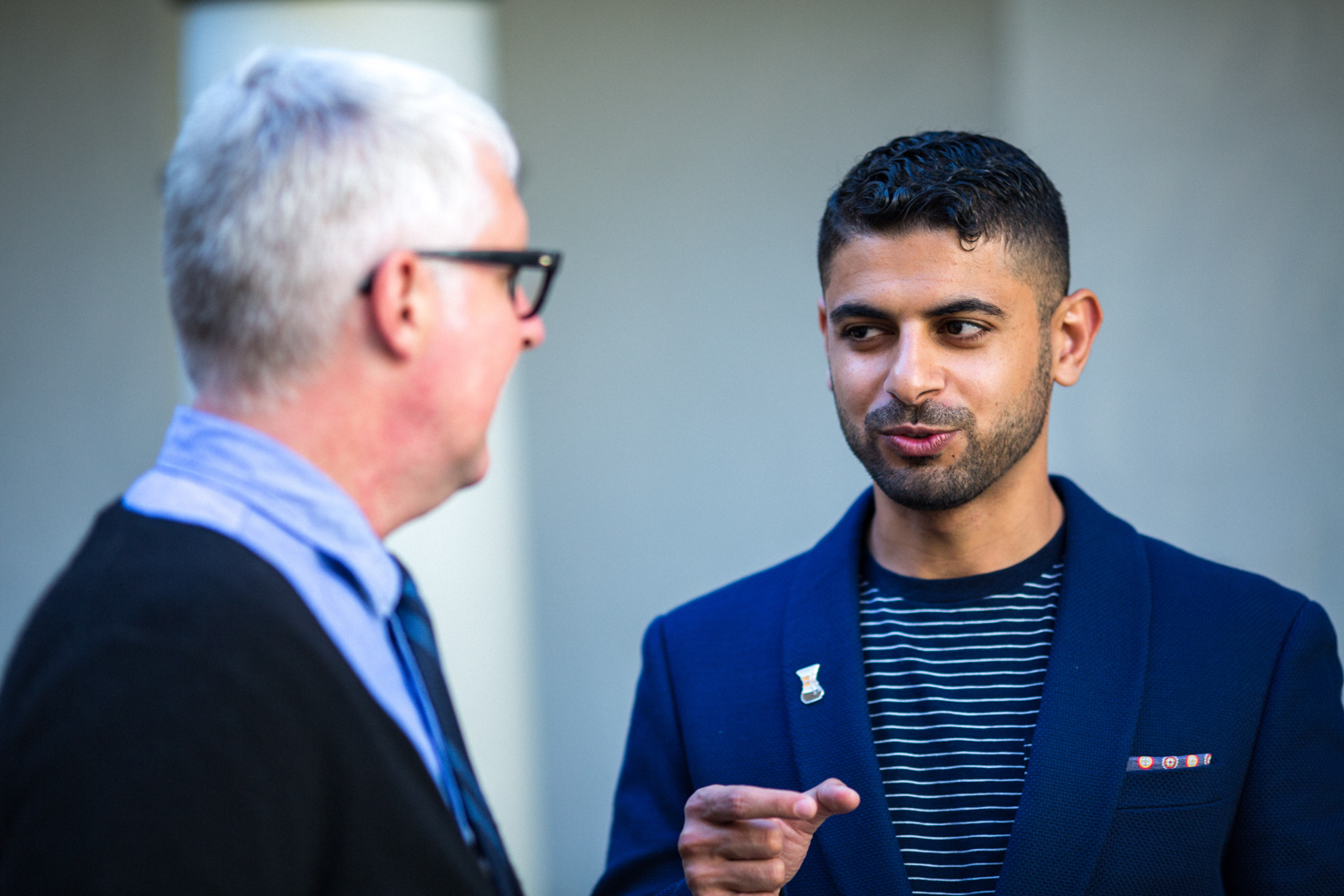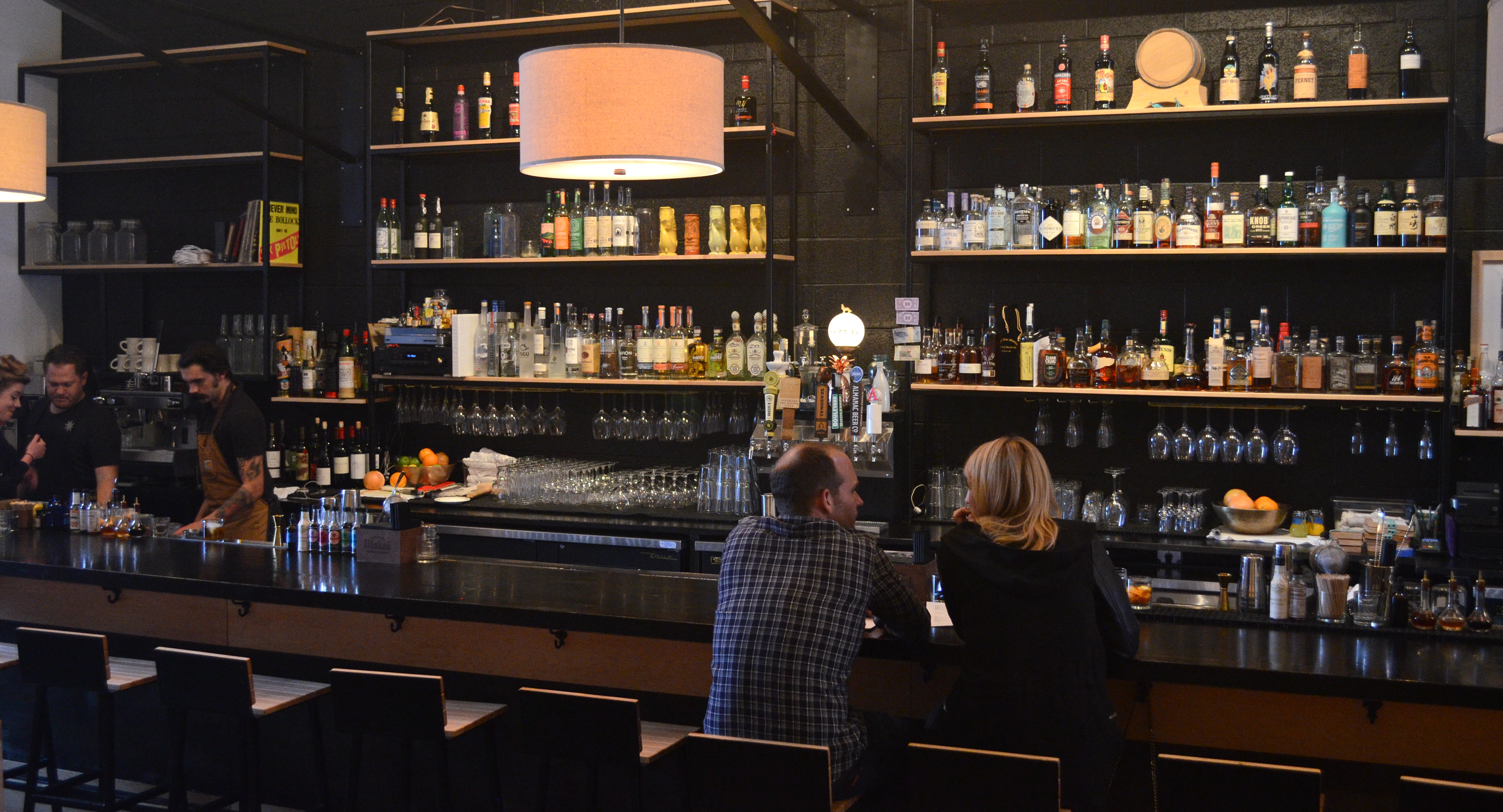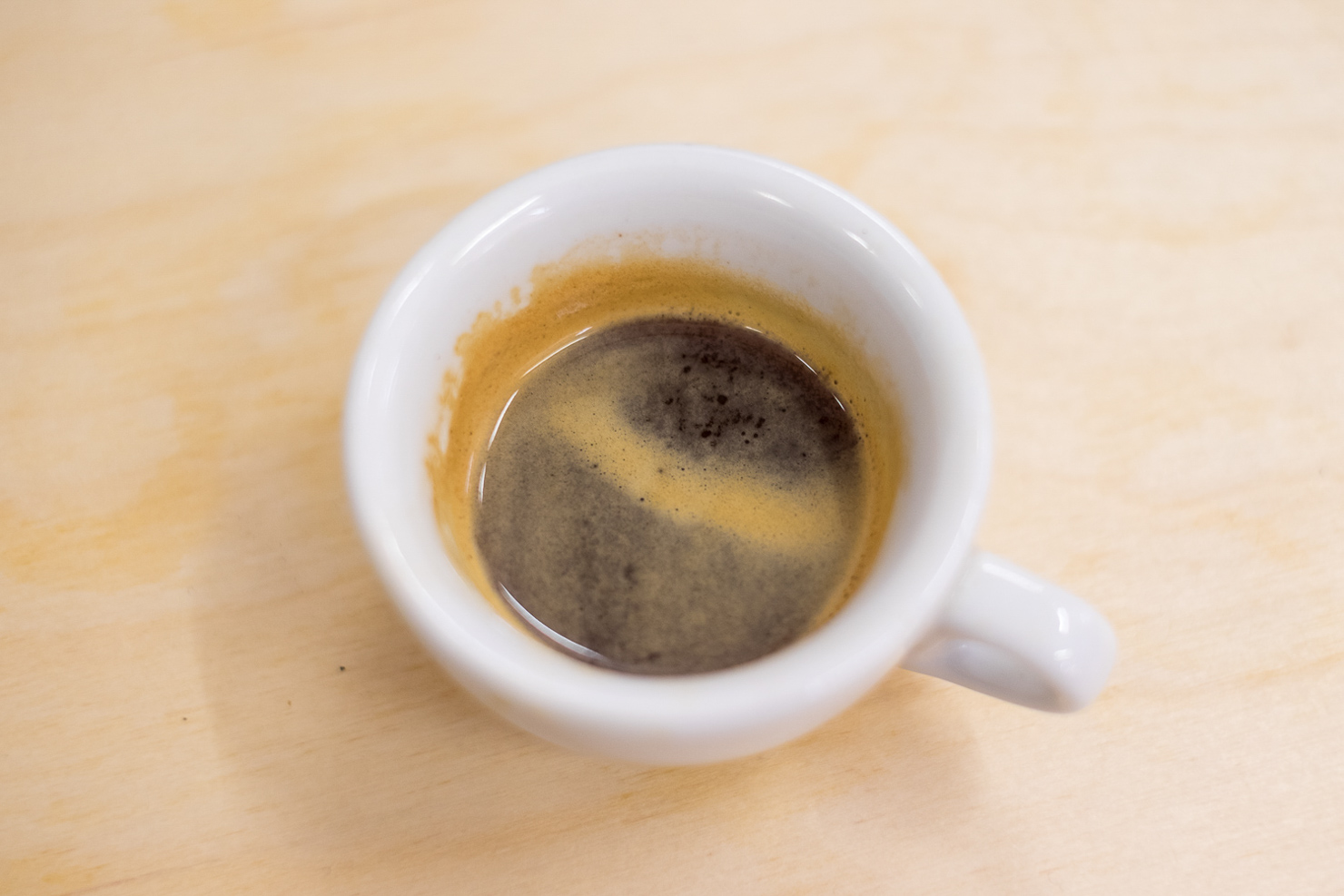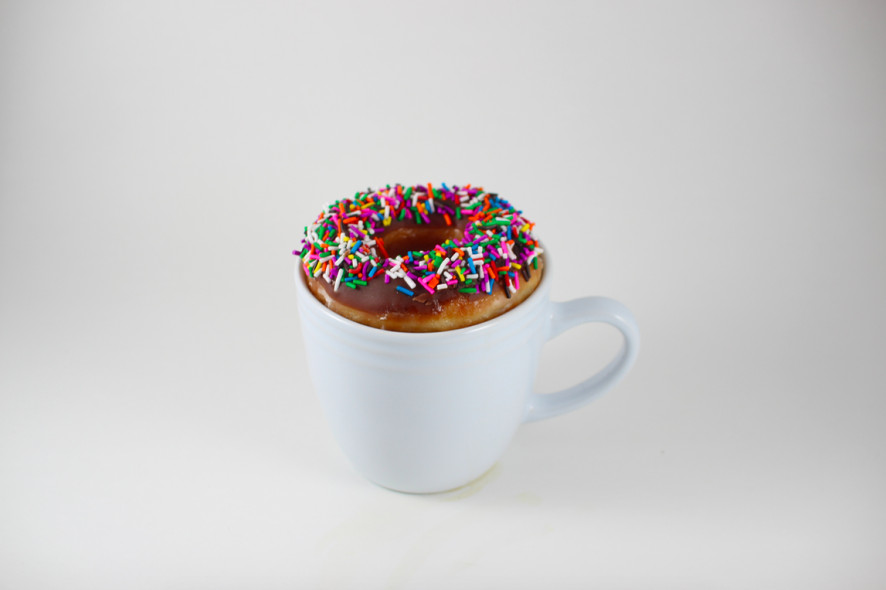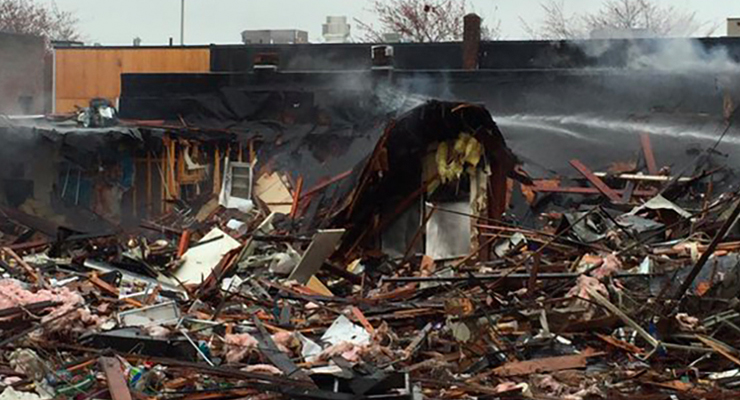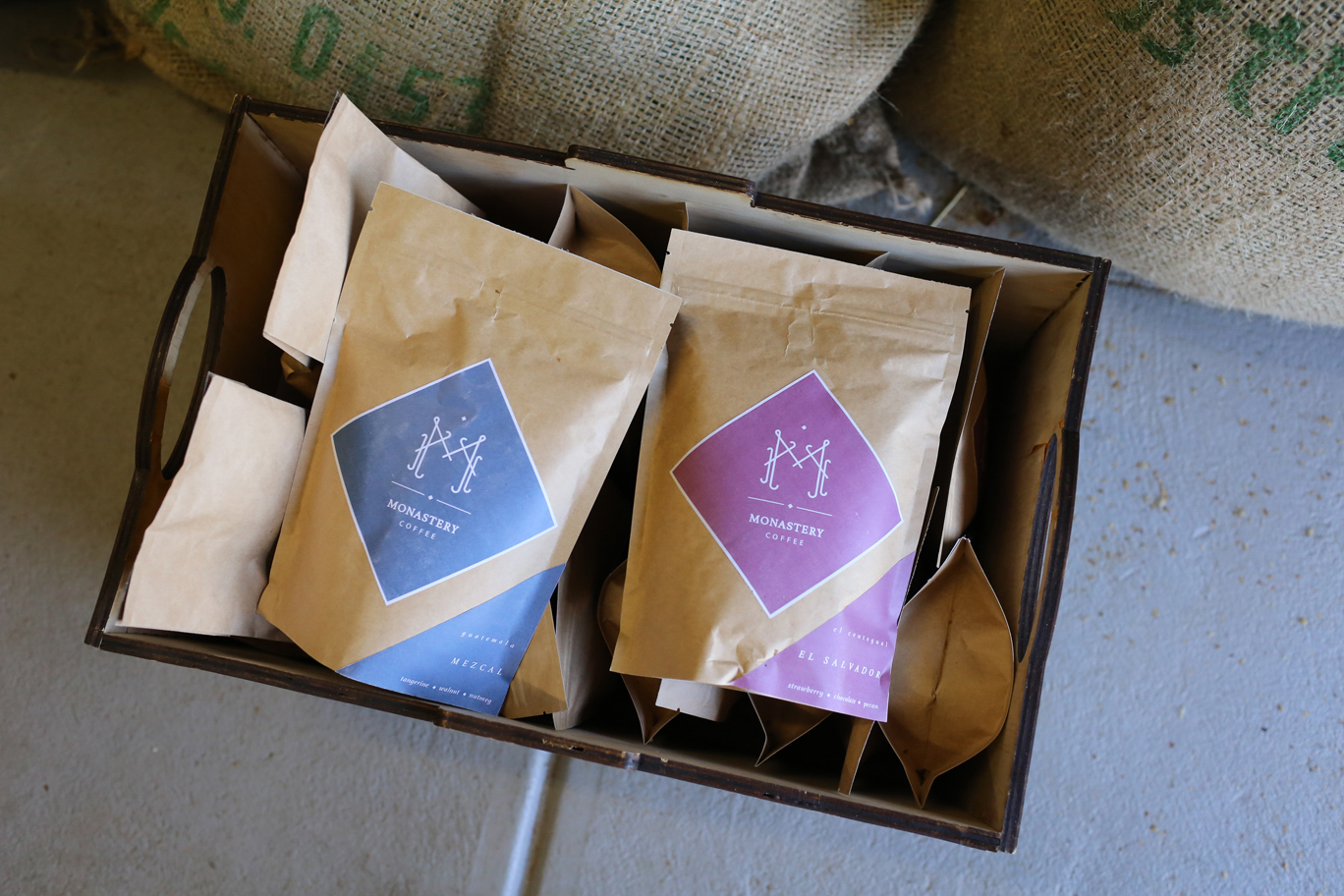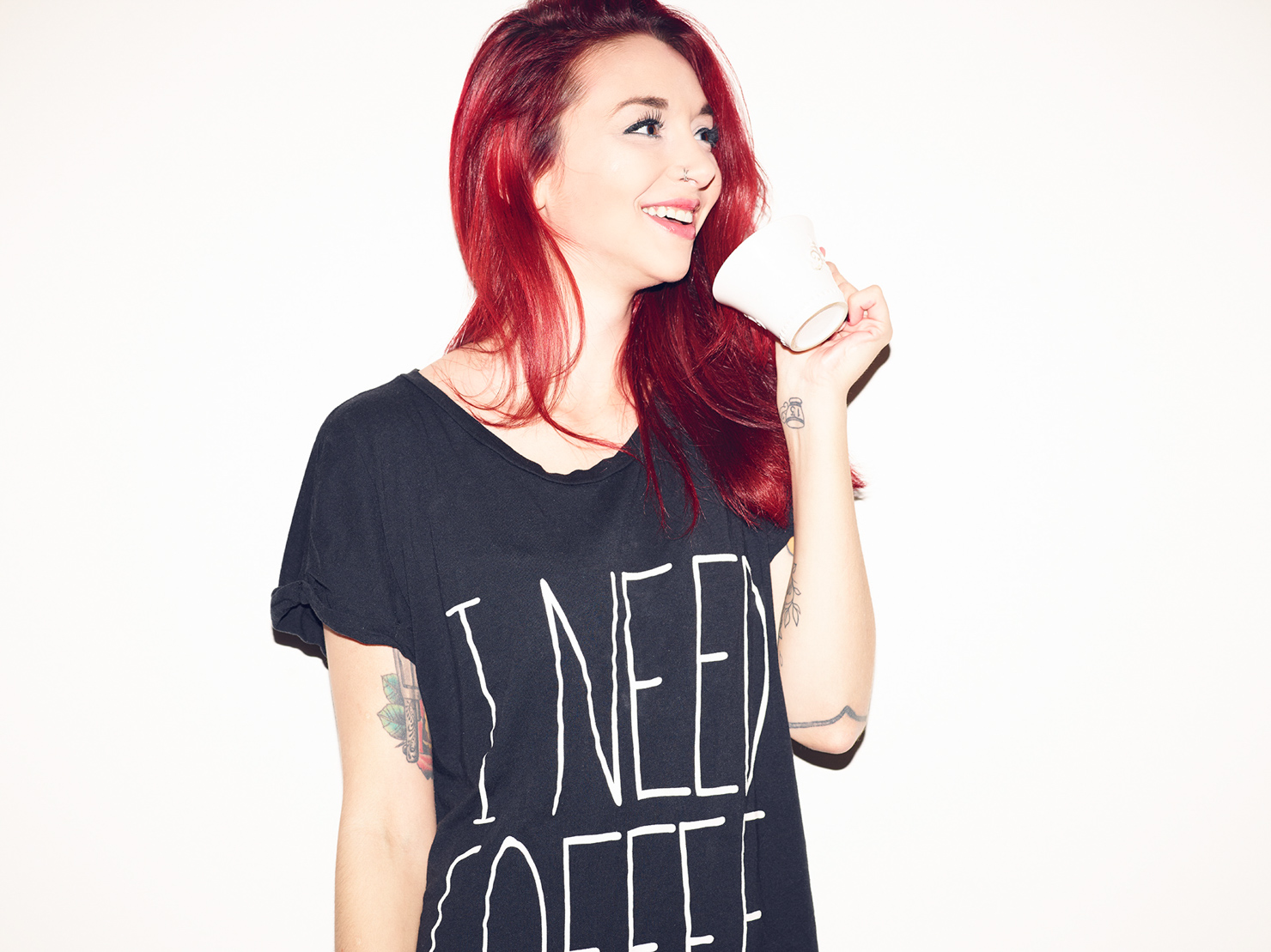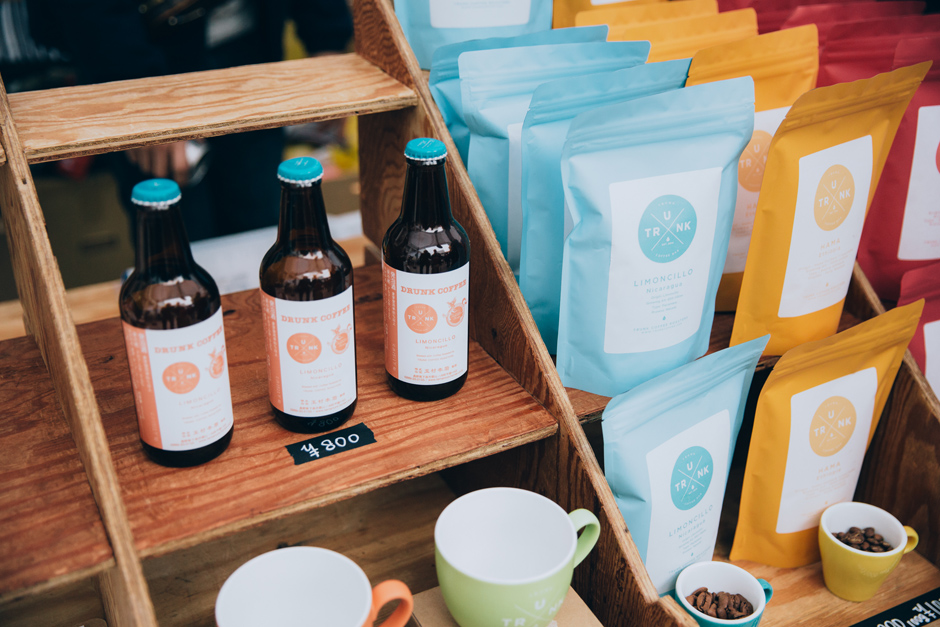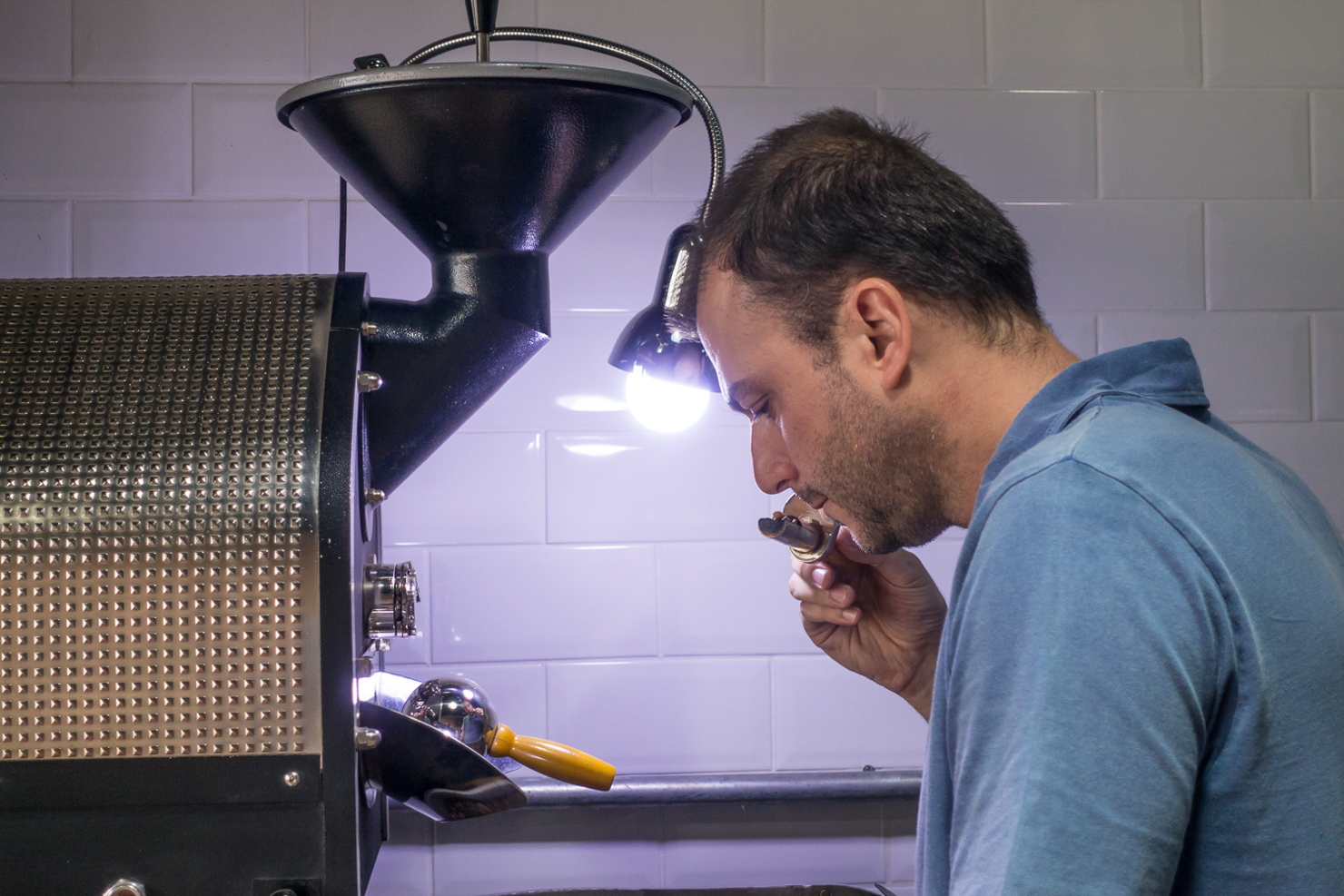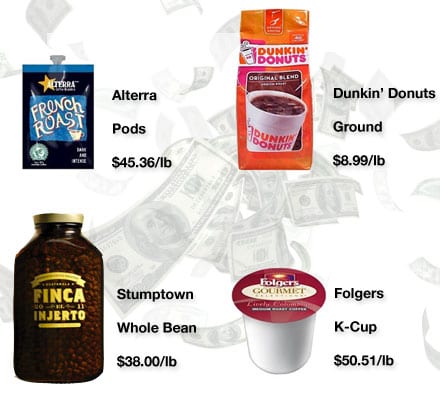
2012 Sprudgie Award recipient Oliver Strand writes on the true cost of single-cup convenience pods (very costly) versus, say, Stumptown’s Grand Cru offering (decidedly less costly):
[Ed. note: For us, wine is something we open and something we guzzle.]In fact, most high-end coffees cost less than $20 a pound, and the coffees you find on supermarket shelves are substantially cheaper. A bag of Dark Espresso Roast beans at Starbucks is $12.95 a pound, and a bag of Eight O’Clock beans for brewed coffee at the Food Emporium is $10.72 a pound.
When it comes to single-serve systems, you’re not just paying for coffee, you’re paying for convenience and the technology that makes it possible to brew a single cup in seconds. Pop in the pod, push the button: it’s a sure thing every time. Supermarkets and specialty stores are filled with items that make it easier on you, and it’s up to the shopper to determine if it’s worth it.
Some decisions are easy (rendered pork fat, fresh pasta); others are a toss-uap depending on who’s in the kitchen (chicken stock, salad dressing). Where single-serve coffee falls on that spectrum depends on whether you regard coffee as something you make or something you drink.
James Hoffmann quickly followed with a post inspired by Mr. Strand’s article:
I’m not suggesting poor business practices amongst great roasters- but think about the possibilities for sourcing and financing great coffees, or building relationships that drive up quality, that Nespresso’s retail price point would give a specialty roaster. Nespresso have been pretty smart in their purchasing practices – certainly an entirely different animal to their parent company Nestle.
Ric Rhinehart’s quote in the NYT piece gets to the heart of things: Selling by serving is a lot easier, more tangible and yet somehow more affordable to most people. Selling by the serving has an out of home retail benchmark. In conversation on this topic Ric pointed out that many people don’t benchmark their K-Cup against a cup of black coffee from Starbucks (less than $2), instead they compare it to what they might have at a cafe, usually something much more expensive ($3.50+).
Both Mr. Strand and Mr. Hoffmann’s articles point towards an unavoidable crux: single-cup brewers are enormously popular, profitable, and accessible. They won’t be going away any time soon. Mr. Strand cites Keurig as selling 4 million K-Cup brewers in the lead-up to Christmas, while Mr. Hoffmann cops to being “impressed, demoralised and a little inspired all at once” by Nespresso’s media presentation at a recent European coffee event.
“Impressed, demoralized and a little inspired” is a maxim for how a lot of people in specialty coffee feel about the recent surge of single-cup brewers. We’ve openly mocked the cult of Nespresso, while later defending the specialty coffee community’s right to cash in on K-Cup megabucks. And larger manifestations of that cash in are coming: Alterra’s national distro deal with Mars affords them some degree of cultural cover for their pods, but it’s only a matter of time before one or more larger uber-specialty coffee roasters begin offering a single-cup product in their retail shops.
It will likely be as environmentally low-impact as possible, it will probably make a cup that tastes much better than what’s currently out there, consumers will get an info-sheet on the featured farms…
But it will be a single-cup product. Our prediction? The first uber-specialty coffee company with a direct and unapologetic boutique-style offering for this market stands to absolutely rake.
